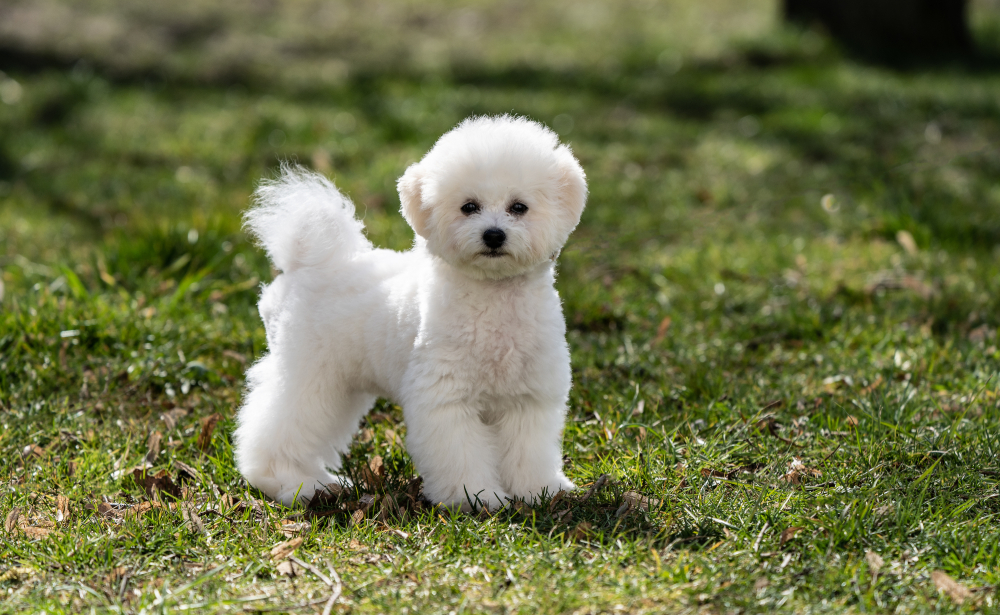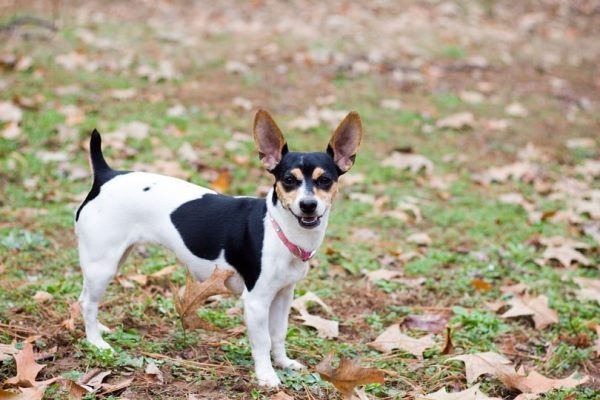In this article
View 3 More +Many assume that shedding is simply a part of owning a pet. After all, even humans lose hair as new strands replace old ones. It is the same with dogs. All canines will cast off hairs. However, all breeds aren’t the same. Many breeds, such as the German Shepherd Dog and Siberian Husky, are seasonal shedders, with distinct times of the year when they blow their coats.
The Bichon Frise is an ancient breed related to other so-called non-shedding pups like the Havanese and Maltese. Genetics plays a significant role in whether a dog will shed. The Bichon is typically on the low end of the spectrum due to two genetic factors. However, it’s worth noting that other things can influence how much a dog sheds, even with ones that typically don’t lose a lot of hair.

Why Dogs Shed
A dog’s coat serves several vital functions. Its primary purpose is to protect the animal’s skin, whether the threat is sunburn, external parasites, or other environmental factors. Remember that the skin forms a barrier against potentially harmful elements. Your pup’s coat is their outer defense. It’s also worth noting that shaving your pet’s coat in the summer does more harm than good because of UV radiation.
Dogs also shed as a normal part of replacing old hair. A pup may also lose its undercoat during the warmer months, particularly in breeds that originated in northern climates.


Factors Affecting How Much Your Dog Sheds
The Bichon Frise hasn’t had the environmental stress of living in a harsh climate. That offers one reason why they don’t shed much. It also explains why some breeds, like the Labrador Retriever, seem to lose hair year-round. Evolution has helped seasonal shedders start their biannual routine with the trigger of the changing photoperiod or amount of sunlight each day.
The Role of Genetics
Scientists have identified two genes that influence shedding. One plays a direct role as a dominant trait. A puppy’s mother contributed one copy or allele to her offspring. Likewise, the male also supplies one. Minimal shedding occurs if either one or both parents pass on this allele to their young. However, the situation is more complex than this seemingly simple inheritance pattern would suggest.
Another gene for canine hair furnishing, or long facial hair, also mixes things up in an unexpected way. It’s also a dominant trait, with the offspring needing only one copy to show it visually. The Bichon Frise typically has bushier eyebrows than others, such as the Beagle. It’s a defining physical characteristic of the breed and a requirement of the official standards of some pups, like the Portuguese Water Dog.
Scientists have discovered a link between the shedding gene and the one for furnishing. A dog with at least one copy of the furnishing allele will have them. Research has also shown a link with minimal shedding breeds, such as the Bichon Frise.1 It’s worth noting because this breed can show variation in shedding, at least genetically.
This information tells us that a genetic basis for minimal shedding exists in Bichon Frises and other breeds. It’s also possible to check for these variations in a dog at any age. It’s helpful for breeders to ensure offspring meet the official standards. It can offer potential pet owners a means to know whether their pups will shed. That brings to light another reason why people would want this intel.

The Truth About Hypoallergenic Pets
According to the Allergy & Asthma Network, over 50 million Americans have allergies. Up to 20% are caused by dogs and cats. We understand how heartbreaking it must feel to know you can’t experience the joys of being a pet owner. That has fueled a push for selectively breeding hypoallergenic animals. Unfortunately, the path isn’t as clearly defined as some people would have you believe.
Some ask about shedding because they mistakenly associate the animal’s hair with the unpleasant reaction it causes. The real culprit is the proteins in a pet’s dander or dead skin flakes. They are also present in their urine and saliva. Your dog’s fur is a magnet for the dander. The thick coat of a Bichon Frise would also likely trap the allergens.
The fact remains that all dogs produce dander to varying degrees, making the prospect of a hypoallergenic pet improbable. However, we also understand that having a minimal shedding breed like a Bichon is also desirable. Being hypoallergenic doesn’t go hand in hand with shedding.
Causes of Excessive Shedding in a Bichon Frise
We know that this pup doesn’t shed any more than normal hair replacement. Therefore, seeing excessive hair loss is a red flag. This breed is susceptible to skin infections. This sign is common among these conditions, particularly if your pup is licking a lot.
- Fleas
- Food allergies
- Ringworm and other fungal diseases
- Excessive stress
- A home that is too dry
- Poor nutrition
If you notice your Bichon Frise shedding a lot, it’s worth a trip to the vet. This sign isn’t normal and needs further investigation, particularly if you see bald spots or red areas. We suggest prompt action if your dog is scratching. That’s an indication of a pet in distress.


Conclusion
The history of the Bichon Frise, with its selective breeding and resulting genetics, means that this dog doesn’t shed a lot. The hairs you will find around the house are normal and not a cause for concern. While it’s not a hypoallergenic breed, you may find it more manageable to have a pet that does leave a trail of fur wherever they go. The sweet and affectionate nature of this pup makes it a no-brainer.
Featured Image Credit: Ieva Tvaronavicute, Shutterstock



















